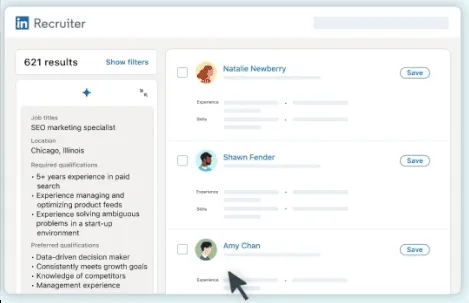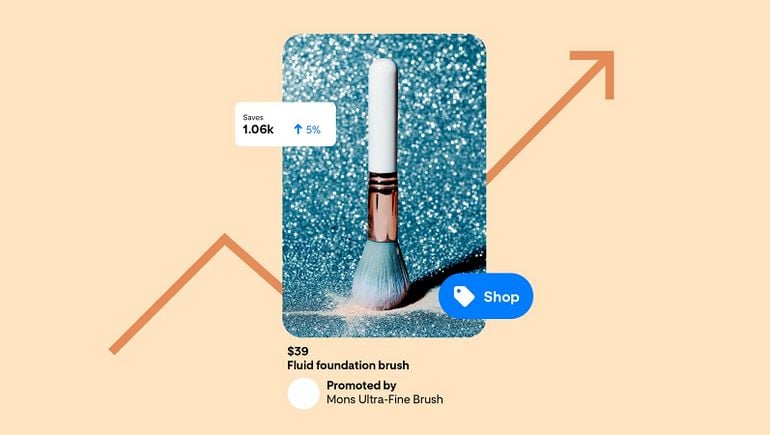LinkedIn’s adding another AI tool for recruiters, this time with “Advanced AI-Assisted Search,” which is able to use conversational language to help you find the right candidates for a job.

As you can see in this example, LinkedIn’s next-level AI candidate search process can translate your conversational language query into a structured search criteria, which is can then use as a basis for a search:

As explained by LinkedIn:
“Advanced AI-Assisted Search offers a more intelligent, intuitive, and dynamic way to discover talent by enabling recruiters to use their own words to search, going beyond standard keywords and filters. It understands the intent behind your search prompts and dynamically refines results based on your interactions, making it easier to uncover high-potential candidates you might have otherwise missed.”
So it’s simplifying the candidate discovery process for recruiters, by reducing the need for them to include all relevant keywords and skill description variations.
“Add a job description or intake notes and Advanced AI-Assisted Search will automatically identify the required and preferred qualifications to match your hiring intent. Even hard-to-define skills are understood and surfaced by the AI.”
It’s the latest AI advance for LinkedIn’s recruiting platform, which also now has its own hiring assistant that can identify candidates, schedule interviews, and manage follow-up, all with minimal human input.
You can also use conversational prompts to build recruiting projects, with LinkedIn’s unmatched database of professional insight helping to power a new system that can understand and translate various job elements.
Which will all save hiring managers time, no doubt, and will help to highlight a broader pool of candidates based on variable descriptions of skills and experiences.
But it also feels a little gameable, in that automated detection systems are susceptible to candidates reverse-engineering their applications to align with the skill cues that AI bots can detect.
For example, if you know that recruiters are going to use AI to filter applicants, you can ask an AI bot to identify the top skills based on a job ad, then restructure your profile and/or application, using the same AI tool, to ensure that your overview fits the description.
Which is not so bad if you have those skills, but it feels like people will be able to potentially dominate certain applicant pools by cheating the system in this respect.
In essence, the system is designed to broaden the pool of candidates, by detecting skills that match, but haven’t been listed in the same way that the recruiter has mentioned. But really, the more AI bots are involved in this process, the more automated the whole system becomes, and the harder it’ll be to detect standout candidates based on applications.
That might not necessarily be a bad thing, but I don’t know that it’ll save a heap of time either, as more candidates also use AI tools to refine their applications.
Essentially, in an AI world, hiring managers are going to have to get much better at in-interview assessment, because the array of AI tools on offer will enable everyone to match job skills using broader parameters.
LinkedIn says that its advanced AI-assisted search is currently available in English, with additional languages to come.














